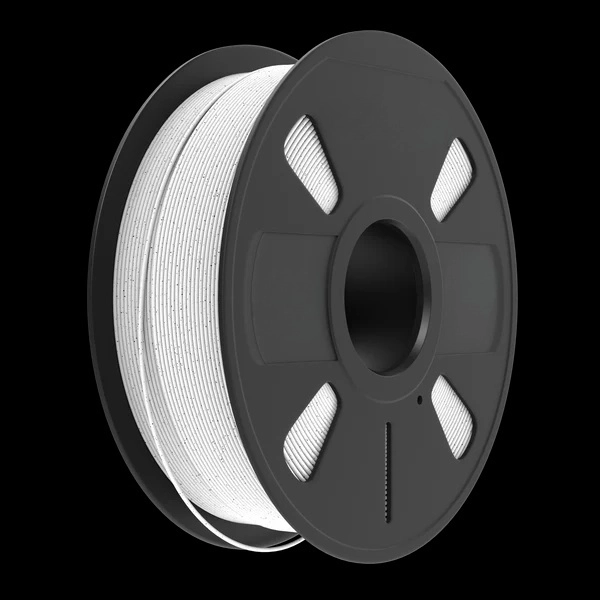In the bustling world of modern business, where documents flow like an unending river and deadlines loom with relentless precision, selecting the optimal printer for high-volume printing is paramount. But with a myriad of options vying for attention, navigating this landscape can feel like navigating a labyrinth without a map. Today, we delve into the nuances of what constitutes the best printer for high-volume printing, offering insights that transcend basic specifications to unveil the true elite performers in this category.
Understanding the Basics: What Defines High-Volume Printing?
Before diving into the specifics, let's establish a foundational understanding. High-volume printing typically refers to environments where printers handle thousands of pages per month. This includes businesses like print shops, marketing agencies, educational institutions, and large corporate offices. In such settings, reliability, efficiency, and cost-effectiveness become non-negotiable factors.
Key Criteria for Evaluating the Best High-Volume Printer
- Durability and Reliability:
The cornerstone of any high-volume printer is its ability to withstand constant use without breaking down. Look for models with robust build quality, a high duty cycle (the maximum number of pages a printer can produce in a month), and a proven track record of reliability. Manufacturers like HP, Xerox, Brother, and Canon offer models tailored for heavy workloads. - Print Speed:
In a high-volume setting, time is money. Printers with faster print speeds (measured in pages per minute, or PPM) can significantly reduce turnaround times. Aim for printers offering speeds of 30 PPM or higher for monochrome and 20 PPM or more for color models. - Print Quality:
While speed and durability are crucial, compromising on print quality isn't an option. High-resolution printing (often at 1200 dpi or above) ensures crisp text and vibrant graphics, essential for professional presentations and marketing materials. - Media Handling:
Versatility in media handling is another vital aspect. Look for printers that can accommodate various paper sizes, weights, and types, including envelopes, cardstocks, and glossy paper. An automated document feeder (ADF) for scanning and copying multiple sheets at once is also a plus. - Cost-Efficiency:
The total cost of ownership (TCO) includes not just the purchase price but also consumables like ink/toner, maintenance, and energy consumption. Inkjet printers might be cheaper upfront but can be less cost-effective for high volumes due to higher ink costs. Laser printers, especially those with refillable toner cartridges, often offer better TCO. - Connectivity and Features:
Modern high-volume printers should come with versatile connectivity options such as Wi-Fi, Ethernet, and cloud printing capabilities. Advanced features like mobile printing, automated workflow solutions, and security protocols (e.g., SSL/TLS encryption) further enhance usability and safety.
Top Contenders: A Deep Dive
- HP LaserJet Enterprise M830z: Known for its exceptional print speeds (up to 55 ppm), robust security features, and extensive media handling capabilities, this model is ideal for large workgroups needing high-quality output.
- Xerox WorkCentre 7855: Combining fast print speeds (up to 45 ppm), excellent print quality, and intuitive touchscreen interface, it excels in both efficiency and user-friendliness. Its versatile media handling and robust security make it a top choice for diverse business needs.
- Brother MFC-L9570CDW: Offering robust color printing (up to 30 ppm), large paper capacity, and extensive connectivity options, this multifunction printer is perfect for workplaces requiring both high volume and color accuracy.
- Canon imageRUNNER ADVANCE C5500 Series: With exceptional print quality, high durability, and advanced workflow solutions, this series caters to businesses needing seamless integration into their existing IT infrastructure and robust security measures.
Conclusion: Beyond the Numbers
Choosing the best printer for high-volume printing isn't solely about the highest ppm or the lowest price per page. It's about finding the perfect balance of durability, efficiency, quality, cost-effectiveness, and features that align with your specific business needs. Consider your organization's growth potential, current workflows, and future requirements. Investing in a printer that not only meets but exceeds your expectations today will pave the way for smoother operations, enhanced productivity, and long-term savings tomorrow.


